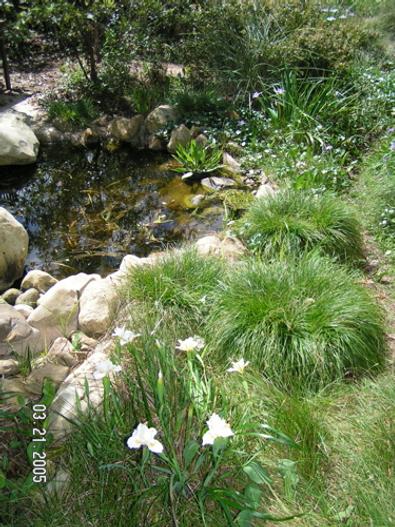Sand Dune Sedge
(Carex pansa)
Sand Dune Sedge (Carex pansa)
/
/

Susan Harris
CC BY 2.0
Image By:
Susan Harris
Recorded By:
Copyright:
CC BY 2.0
Copyright Notice:
Photo by: Susan Harris | License Type: CC BY 2.0 | License URL: https://creativecommons.org/licenses/by/2.0/ | Uploader: Gardener Susan | Publisher: Flickr












Estimated Native Range
Summary
Carex pansa, commonly known as sand dune sedge, is a perennial herbaceous plant native to the coastal dunes and sandy shores of western North America, from British Columbia to California. It is particularly adapted to open, well-drained sandy habitats, often forming dense colonies. This sedge reaches up to 40 centimeters in height and is characterized by its grass-like appearance with sharply triangular stems emerging from a network of long, coarse rhizomes. The inflorescence is a cluster of several spikes, with dark brownish flowers that may be unisexual, with some plants producing only male or female flowers but not both. Flowering typically occurs in the spring and early summer.
Sand dune sedge is valued for its ability to stabilize soil and prevent erosion, making it an excellent choice for dune restoration and coastal landscaping. Its tolerance for salt spray and sandy soils also makes it a suitable grass substitute in local landscaping schemes, especially in xeriscaping where water conservation is a priority. In cultivation, it thrives in full sun to part shade and requires minimal watering once established, preferring soils with medium drainage. While it is low-maintenance, it can spread aggressively via rhizomes, which should be considered when planting in smaller areas or near garden borders.CC BY-SA 4.0
Sand dune sedge is valued for its ability to stabilize soil and prevent erosion, making it an excellent choice for dune restoration and coastal landscaping. Its tolerance for salt spray and sandy soils also makes it a suitable grass substitute in local landscaping schemes, especially in xeriscaping where water conservation is a priority. In cultivation, it thrives in full sun to part shade and requires minimal watering once established, preferring soils with medium drainage. While it is low-maintenance, it can spread aggressively via rhizomes, which should be considered when planting in smaller areas or near garden borders.CC BY-SA 4.0
Plant Description
- Plant Type: Grass
- Height: 0.5-1 feet
- Width: 2-3 feet
- Growth Rate: Rapid
- Flower Color: N/A
- Flowering Season: Spring
- Leaf Retention: Evergreen
Growth Requirements
- Sun: Full Sun, Part Shade
- Water: Low
- Drainage: Medium, Fast
Common Uses
Bird Garden, Deer Resistant, Drought Tolerant, Erosion Control, Groundcover, Low Maintenance, Salt Tolerant, Street Planting
Natural Habitat
Coastal dunes and sandy shores
Other Names
Common Names: Pacific Dune Sedge, California Meadow Sedge, Sanddune Sedge, Carex Étendu
Scientific Names: , Carex pansa, Carex arenicola subsp. pansa,
GBIF Accepted Name: Carex pansa L.H.Bailey